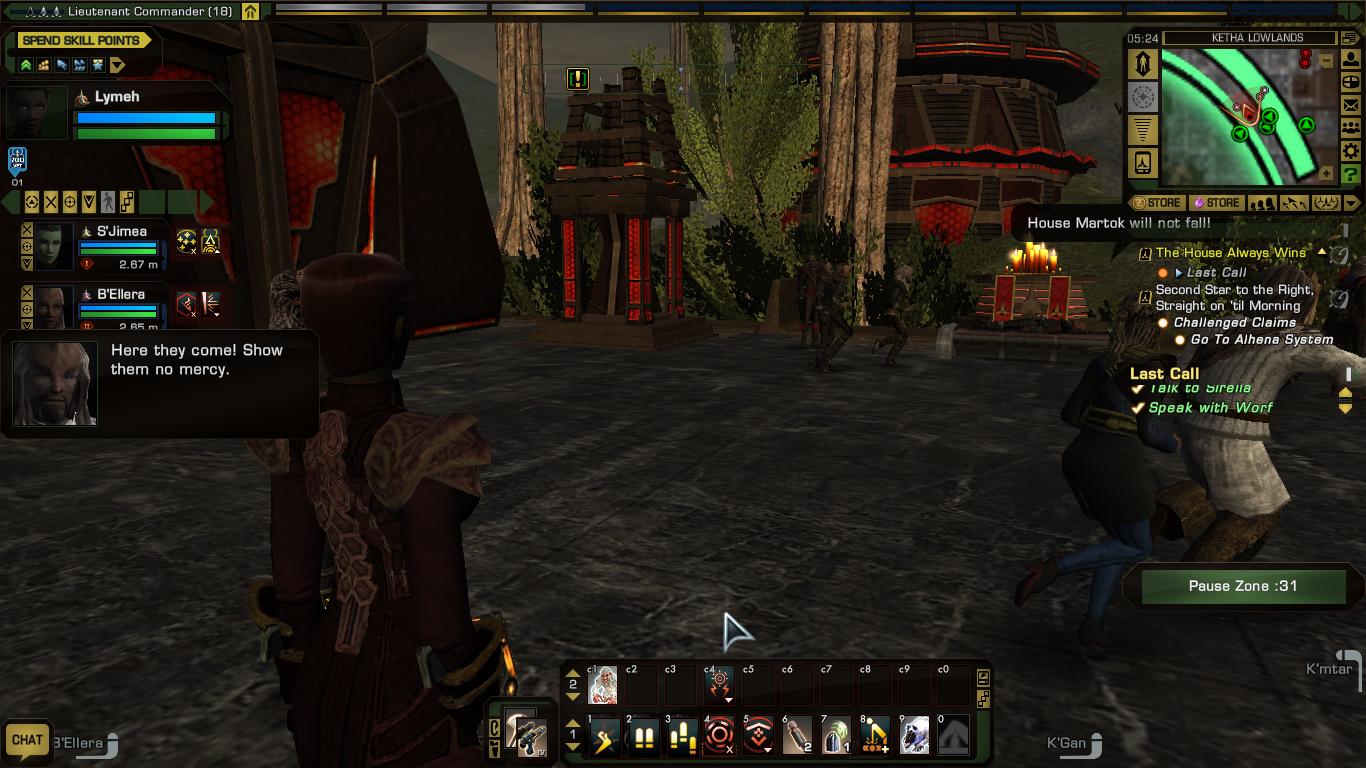Coming from an adventure game background, where conversations usually happen as subtitles or speech balloons, with at most a bunch of answers to click at the bottom of the screen, I've recently started looking into MMORPGs and have been a bit surprised that everyone seems to be using windows with a character animation at the top and text and answer buttons at the bottom:

To me, this kind of breaks immersion. So I'm wondering what the design reasons for this are. I see that many games also offer some sort of speech balloon:

or little notification boxes at the side with a static character icon and text in it for ambience dialog:

but rarely for mission assignments and conversation trees, like we'd have them in adventure games:

Does anyone have a link to an interview or a recommendation for a book or the like that contains an explanation for using that different design for that one purpose? Has any research been done on this subject, are there actual game design reasons why this might be better than this last, less chrome-laden, more immersive design, or is it just historical, a "tradition"?


